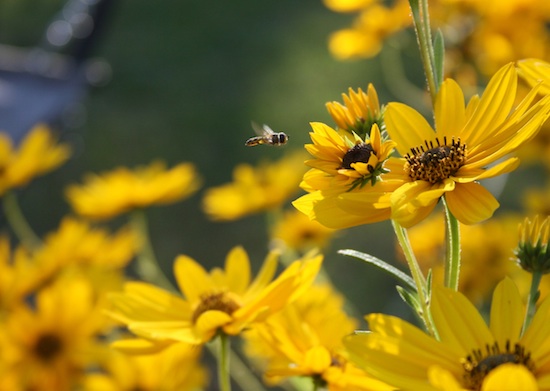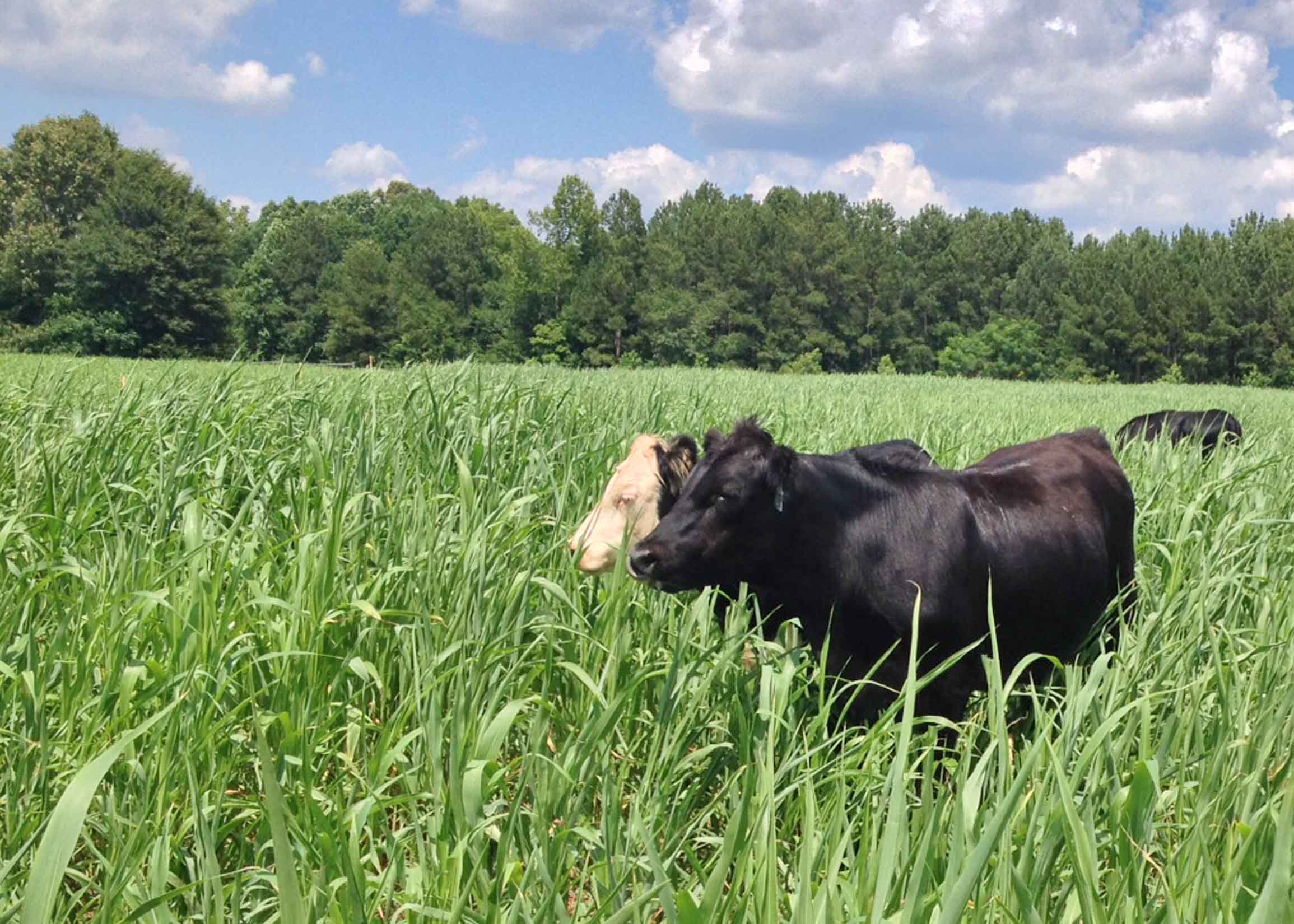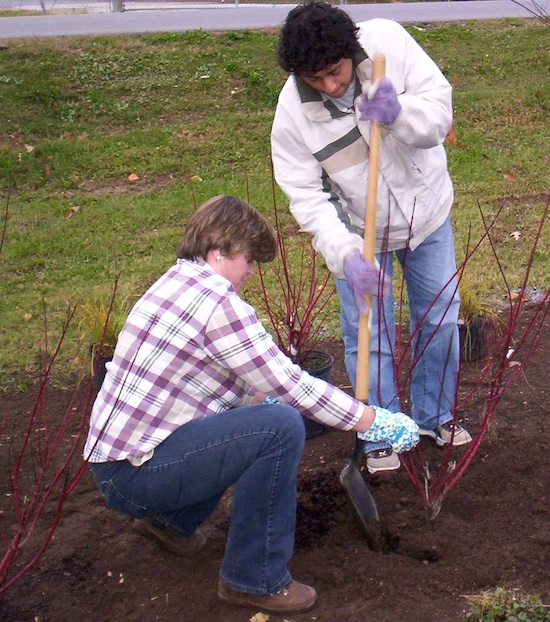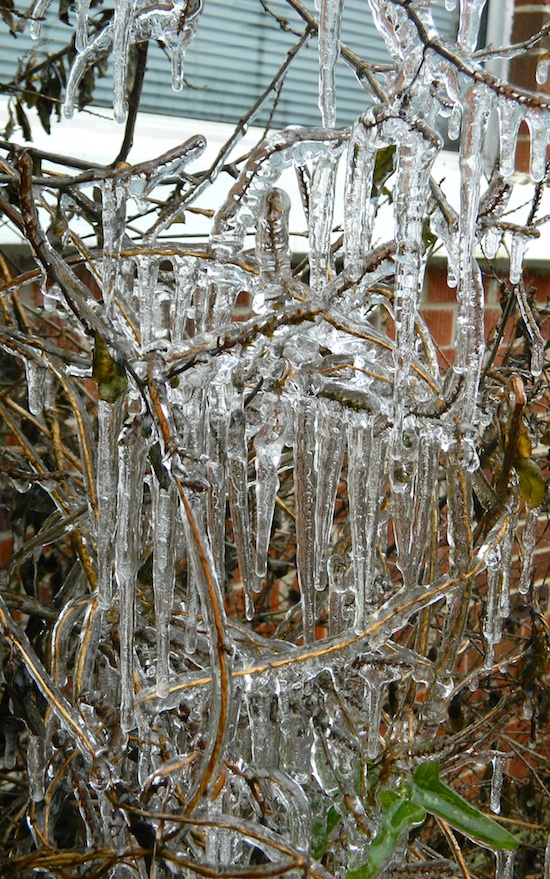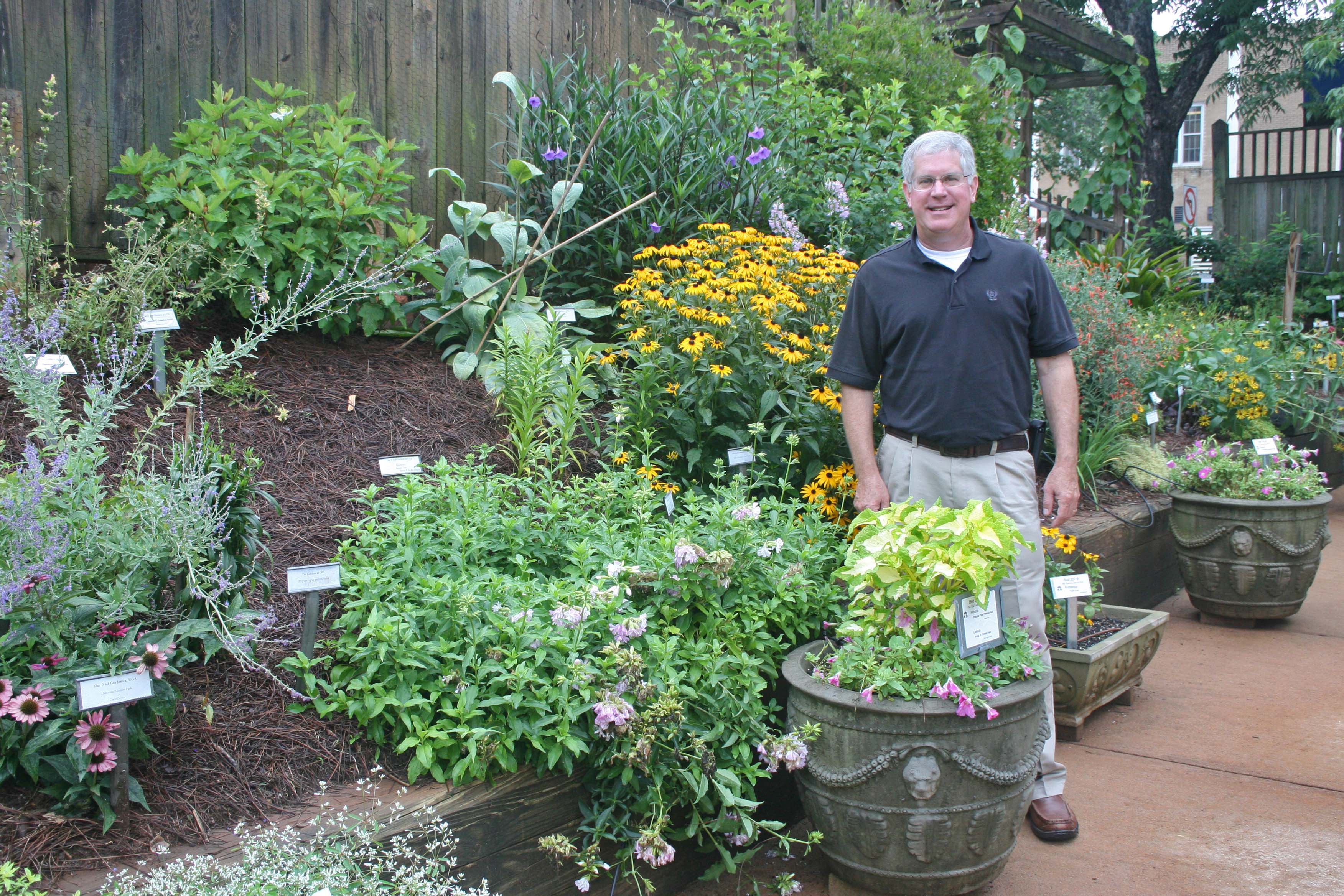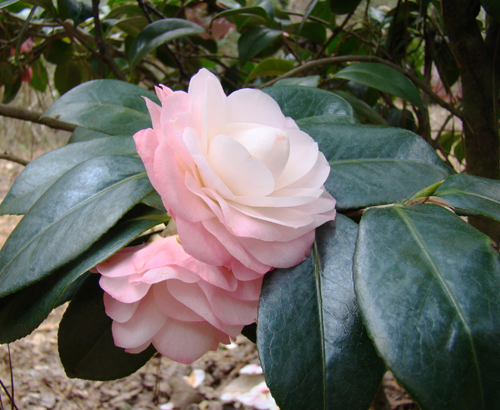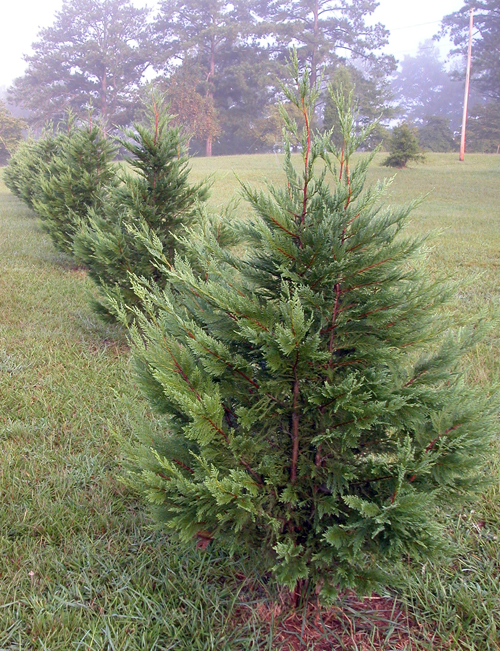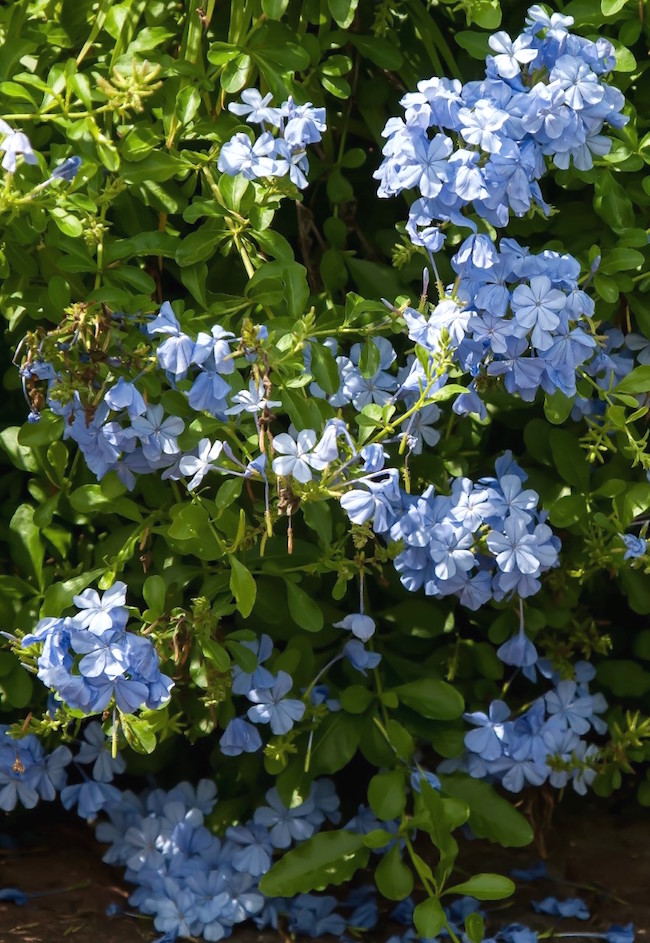 CAES News
CAES News
Cape Plumbago
Growing cape plumbago is like having your own ticket to the butterfly wild kingdom. Not only will you be the proprietor of the daily nectar café, but depending on where you live, you will also celebrate young ones, as this is a host plant for the cassius blue butterfly.

